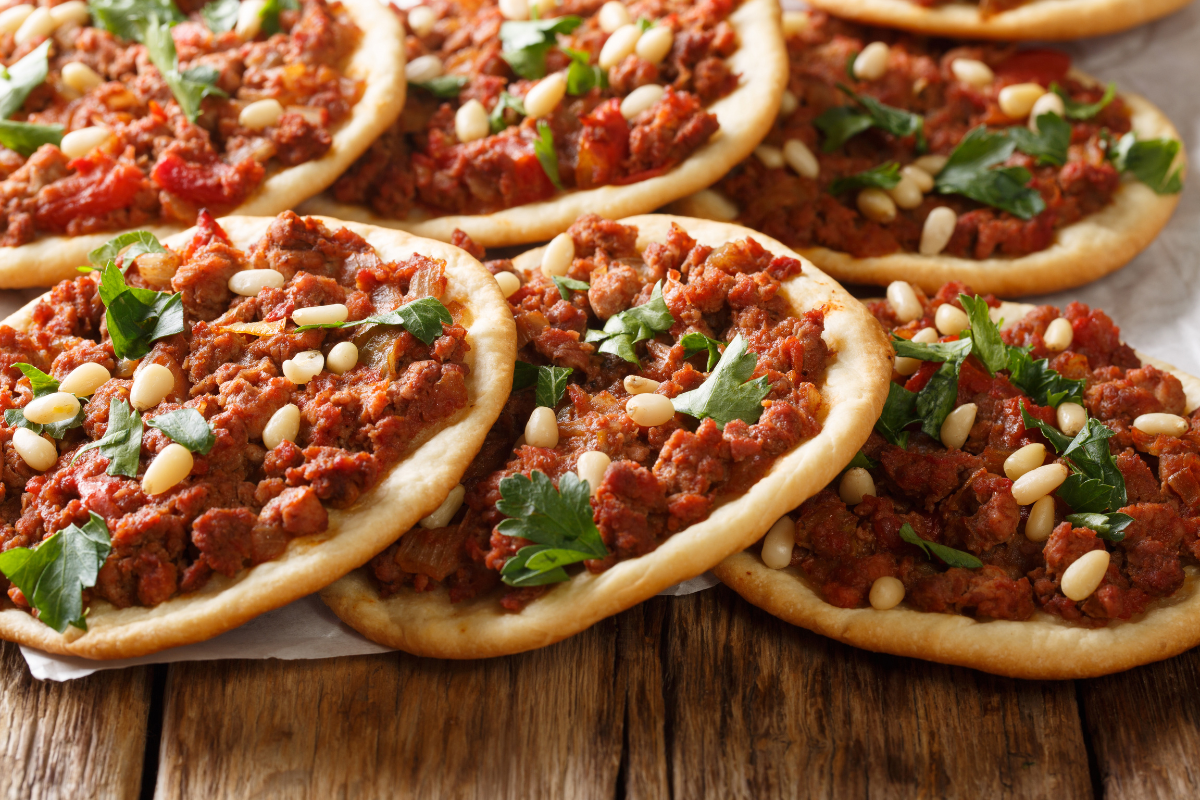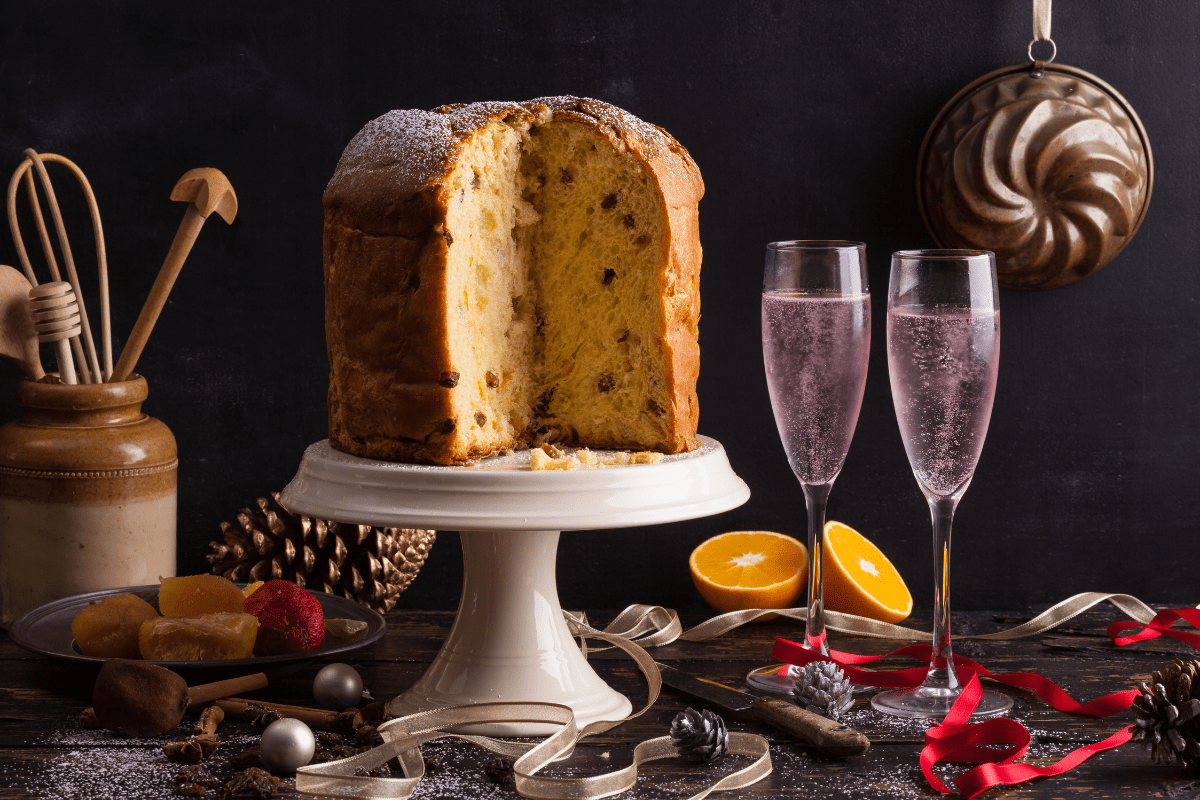
Thanksgiving is not a traditional holiday in Brazil, but the concept of expressing gratitude and celebrating with loved ones is certainly not unfamiliar to Brazilians. While Thanksgiving as it’s celebrated in the United States is not observed officially in Brazil, the country has its own special occasions and regional festivals that revolve around food, family, and thankfulness. Here’s a glimpse of how Brazilians celebrate gratitude and togetherness, along with some of the delicious foods they enjoy.
Brazilian Festivals of Gratitude
Festa Junina
This festival is celebrated in June and is a joyful time to give thanks to St. John the Baptist for the harvest and the rain. People dress up in traditional country attire, dance quadrilha (a Brazilian square dance), and enjoy various typical foods and sweets.
Corn-based dishes are especially prevalent during Festa Junina, since the festivals take place during the country’s second harvest. Popcorn, sweet corn cakes (bolos de fuba), and corn puddings are all popular treats. The drink of choice is, of course, cachaca; but Brazilian mulled wine is also a favorite.
Christmas
Christmas is a big deal in Brazil. Much of the celebration takes place on December 24, when family and friends get together to eat, exchange gifts, and attend midnight mass. The next day is spent relaxing and reflecting on the past year, giving thanks for blessings and togetherness.
Christmas dinner almost always includes rice and beans (feijoada), fresh fruit, and rabanada-Brazilian deep fried french toast. The main dish could be a chester, which is a boneless chicken, or salt cod in cream (bacalhau com natas).or fried into croquettes.
Father’s Day
Brazilian Father’s Day takes place in August. Children make cards at school and older children buy presents like cologne or clothing. Grandfathers and uncles are also celebrated. The family might attend mass together and then celebrate at a restaurant or with churrasco, the famous Brazilian barbecue.
Mother’s Day
Mother’s day is celebrated in May on the same day as in the US. Similarly, cards and flowers are popular gifts and tokens of gratitude. Like father’s day, cookouts are common, especially since the weather is cooling down a bit. Churrasco is common, as are picnics with classics like pasta salad, potato salad, and chicken salad.
Carnival
Carnival is a time for Catholics to indulge one last time before the long period of fasting known as Lent. In Brazil, regional parades are a lavish affair, with floats, elaborate costumes, and samba competitions. The food is an integral part. Ideally, snacks are portable, so you can view the parades while you eat. Some of the most popular carnival treats include:
- Brazilian cheese bread: nutty, chewy, cheese-stuffed puffs made with cassava flour
- Brigadeiros: chocolate fudge balls made with condensed milk and cocoa, rolled in sprinkles
- Acaraje: famously purveyed by the Baianas of Bahia, acaraje are delicious fritters made from beans and aromatics, then stuffed with a mixture of seafood in a vibrant sauce.
- Churros: plain or filled with chocolate or dulce de leche, then rolled in cinnamon sugar
- Picanha: of course, picanha is always a favorite. A flavorful cut of beef is rolled into a “c shape,” skewered, grilled over an open flame, then sliced onto waiting plates.
Regional Celebrations
Brazil is a diverse country with a variety of regional cultures and traditions. Each region has its own unique way of celebrating and expressing gratitude. For example, in the state of Bahia, people celebrate Lavagem do Bonfim, a religious festival that involves cleaning the steps of the Bonfim Church. In the south, Oktoberfest is a popular celebration with German influences, where people come together to enjoy beer, food, and music.
Dia de Acao de Gracas
While Brazil does not officially celebrate Thanksgiving, many citizens have adopted the American tradition and choose to observe the holiday on the same day as the US. Like other holidays in Brazil, it may involve going to mass or prayers for loved ones. The dinner is very similar, usually with a turkey, mashed potatoes, stuffing, etc.
One important difference is that there are no cranberries in Brazil! Instead of the traditional American cranberry sauce, Brazilians make a sweet compote with jaboticaba, a berry similar in size and taste to the cranberry.
Thanksgiving at Texas de Brazil
As you can see, the spirit of gratitude, togetherness, and festive food is very much a part of Brazilian culture, and not limited to one day of the year! Brazilians find various occasions to celebrate with loved ones and enjoy their rich culinary traditions as often as they can.
We hope you are celebrating with those dear to you this season, and that you consider stopping by one of our Texas de Brazil restaurants for an unforgettable Thanksgiving meal. Or, order one of our amazing Thanksgiving takeout feasts: succulent sliced turkey breast, peppercorn gravy, our signature beans and rice, a sweet and delicious sweet potato casserole, and fresh green beans are available in two sizes to feed the whole family.



